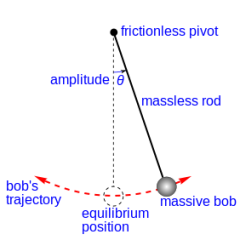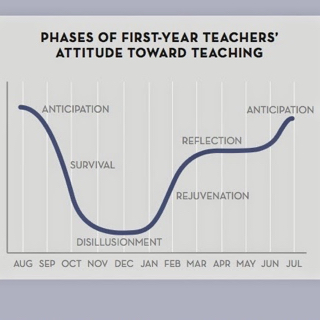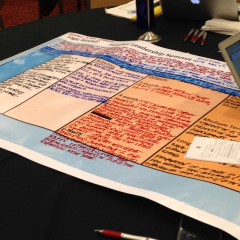Congress appears to be poised to pass an overhaul of NCLB, and in a convenient move have maintained the four-letter acronym standard. While time shall tell if “Ess-Uh” will have more staying power than “Nickle-Bee,” there are probably more pertinent issues to consider. Before doing so, however, it is worth noting as a good lesson in civics that buried at around page 914 (of 1061) of the Every Student Succeeds Act is a posthumous pardon of a early 20th-century heavyweight boxer convicted on racially motivated and thus baseless charges. But I digress (as does the bill, clearly).
The things to consider paying attention to…with citations to the page number of this document, the published text of ESSA, as relevant to the topic:
Testing
Not gone. In fact, not changed all that much. The federal government will still require testing at the same grade levels it currently does (page 54), but what will be different (to an extent) appears to be how these results will be used. Rather than nationwide, uniform and unrealistic goals (100% proficiency by a year ago), states will have the power to establish appropriate goals, have these goals reviewed though some as-yet-to-be-determined process, after which they would be submitted to the federal level (starts on page 80). If the assessment and accountability plans designed at the state level are rejected at the federal level, states are guaranteed a hearing.
Significantly, standardized test scores are no longer the main means of judging a school’s effectiveness. Rather, a combination of factors must be considered, with test scores being part rather than all (page 85).
Interestingly for those of us at the secondary level, the bill also appears to open the door to use of tests such as the ACT and SAT as the high school standardized test (source).









